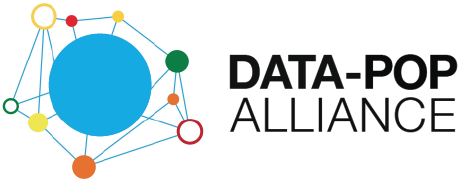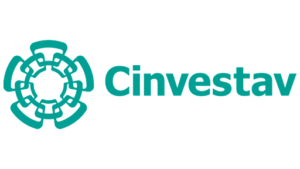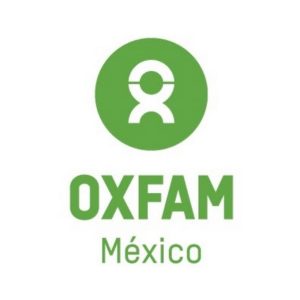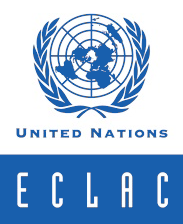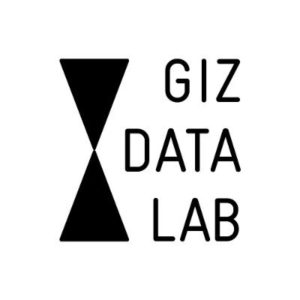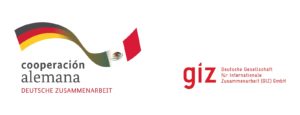Mexico
127.5
Population 2022 (Millions)
0.76
HDI Score
2021 (Max. 1)
69.7
SDG Score
2023
(Max. 100)
0.31
Gender Inequality
Index Score
(Max. 1)
36
Internet Inclusivity
Index 2022
(100 countries)
Overview
Projects

- Mexico
- August 2023 - October 2024
- P4 - Data Feminism
DPA, in collaboration with Abogadas MX, led the design and development of the Central Database and Customer Relationship Management (CRM) software for the “Standards for Diversity and Inclusion in Law Firms in Mexico” Program. This included the creation of a survey to collect gender-focused data from law firms. This initiative enabled the organization to systematically gather and manage information from specific law firms about gender equality and the implemented policies, facilitating the generation of recommendations aimed at improving internal policies to address gender inequality issues and promote the mainstreaming of gender perspectives in the legal sector.

- Colombia, Mexico, Senegal
- 2021 - Ongoing
- P2 - AI and Statistics for the SDGs
“Open Algorithm (OPAL) for Public Data and Good” seeks to merge different “privacy enhancing techniques” (PETs), such as federated learning, differential privacy, and negative databases, to allow trusted third parties such as researchers or official institutions to analyze censuses or national surveys’ microdata produced by national statistical offices (NSOs), as well as other administrative records, to derive indicators using these data, while avoiding privacy risks. A pilot is expected to be conducted in Mexico, and DPA plans to expand to additional NSOs and other public data holders in the future.
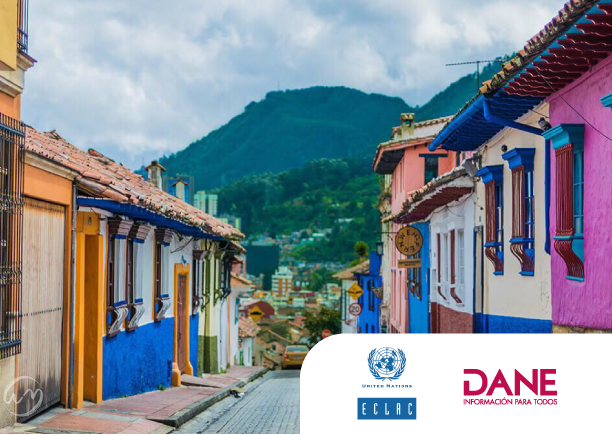
- Brazil, Chile, Colombia, Dominican Republic, Latin America and the Caribbean (LAC), Mexico
- 2016 - 2019
- P2 - AI and Statistics for the SDGs
In partnership with the United Nations Economic Commission for Latin America and the Caribbean (ECLAC), DPA offered a series of workshops particularly focused on Big Data and the Digital Economy in the Latin American and the Caribbean region designed for development practitioners, policymakers, and researchers. Five editions were delivered in: Santiago de Chile (March 2016), São Paulo (September 2017) —in partnership with Cetic.br—, Mexico City (October 2017) —in collaboration with the National Digital Strategy (EDN) program and the MIT Sloan School of Management—, Santo Domingo (April 2019), and Bogotá (May 2019) —in partnership with DANE.

- Brazil, Colombia, Latin America and the Caribbean (LAC), Mexico
- January - June 2019
- P2 - AI and Statistics for the SDGs
EmpoderaData builds upon the success of the “Quantitative Step” (Q-Step) program, which was developed as a strategic response to the shortage of quantitatively-skilled social science graduates in the United Kingdom. Together, University of Manchester and Data-Pop Alliance expanded upon the program’s excellent results, exploring this model in the Global South as the “EmpoderaData Project”. The project aimed to promote a virtuous cycle of social transformation by fostering data literacy skills applied to addressing our society’s most pressing issues in the framework of the Sustainable Development Goals (SDGs).
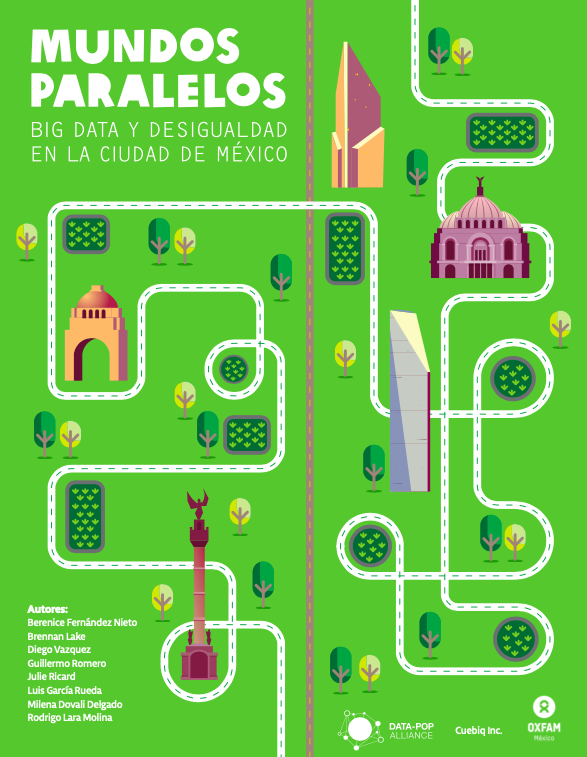
- Latin America and the Caribbean (LAC), Mexico
- October 2019 - March 2020
- P5 - Geographies of Inequalities
“Parallel Worlds” is a project developed by the Data-Pop Alliance and Oxfam México, with the purpose to analyze inequality in Mexico City, using mobility data provided by Cuebiq’s Data for Good program. The project aimed to inform and influence public policy actors in making decisions that contribute to reducing social and economic segregation based on the privilege and marginalization associated with certain spaces in the city. More specifically, DPA analyzed urban inequality in Mexico City through the mapping of movement patterns in the city, using mobile data to identify segregation patterns, in terms of where people live, work, and consume. The report analyzes three dimensions of inequality: i) in access to education, ii) the right to the city, by analyzing exclusive spaces, and iii) in access to culture. A version of this paper was published in English by Projections, the Journal of the MIT Department of Urban Studies and Planning.
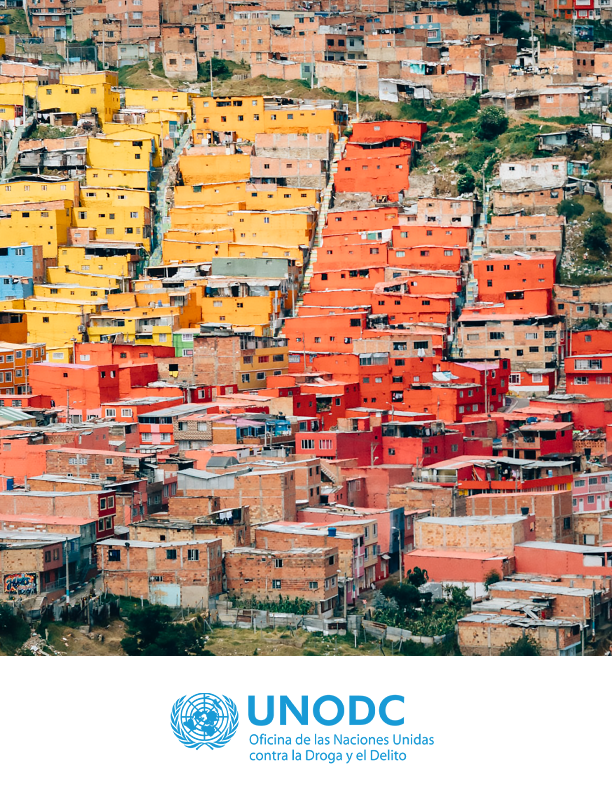
- Mexico
- April - July 2019
- P5 - Geographies of Inequalities
A study published by the Open Society Foundations has reported numerous “atrocity crimes” perpetrated in Mexico against the civilian population since 2006. Against this backdrop, with United Nations Office on Drugs and Crime (UNODC) support, DPA sought to gain better insights into organized and interpersonal crime, by undertaking a scoping study to build a comparative research study in two cities: one heavily affected by organized crime violence and another with low organized crime rates, where violence is mostly interpersonal. To this end, this scoping study aimed at building a research proposal for two cities, according to data availability (i.e. traditional and Big Data sources) and crime dynamics; suggested methodology, and potential partners.

- Mexico
- November 2018 - November 2019
- P5 - Geographies of Inequalities
In collaboration with Banorte (Mexican bank), and following DPA’s previous work on the impact of crime on consumption across gender and income groups, this assessment focused on the quantification, at a fine-grain and large scale, of the disruption and recovery dynamics induced by crime across socioeconomic groups. This project showed the progress of DPA’s findings at the zip code level analysis in Mexico City, where a significant correlation between increased crime rates and decreased consumption were found.
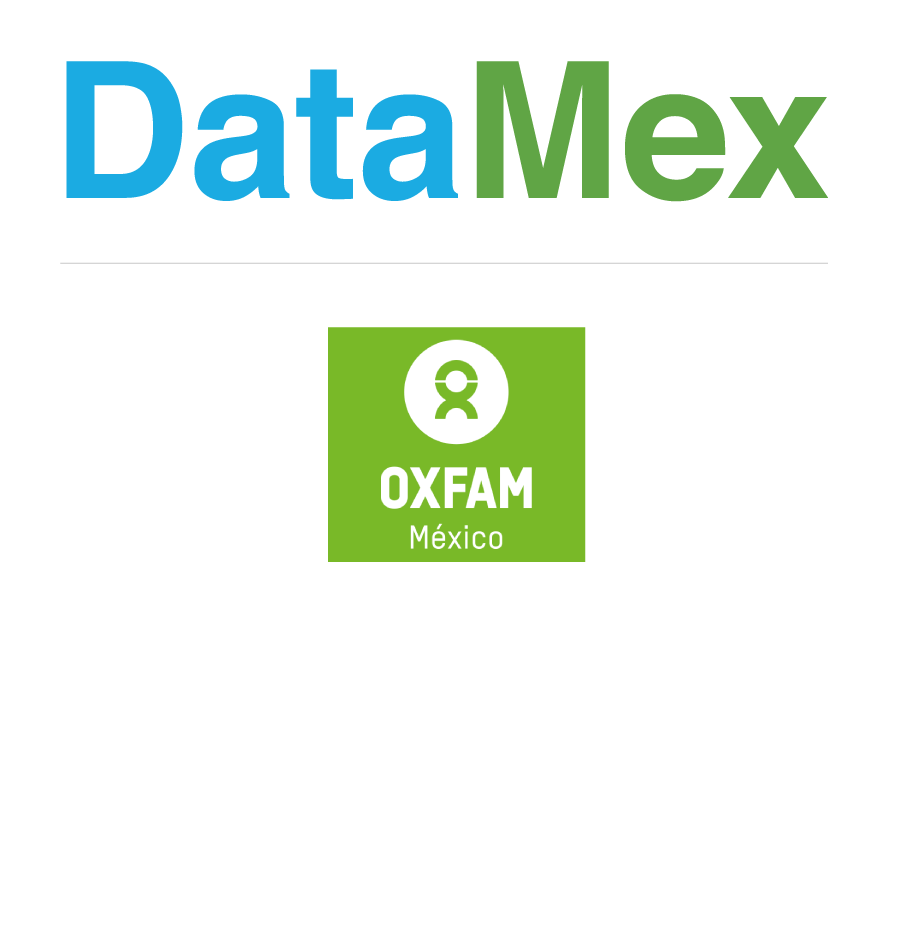
- Mexico
- 2018
- P5 - Geographies of Inequalities
Data-Pop Alliance and Oxfam México formed a partnership through “DataMex”, with the goal of advancing research and the application of Big Data for sustainable development in Mexico. This agreement, signed in late 2018, has since led to a consultancy and scoping study to identify the areas in which Big Data could be employed to better understand inequalities that have not been analyzed in depth. The resulting project was “Mundos Paralelos“, which focused on areas lacking in understanding and new perspectives that could provide critical insights into the work of Oxfam Mexico.

- Colombia, Latin America and the Caribbean (LAC), Mexico, Namibia, Senegal, Sub-Saharan Africa (SSA)
- 2016 - 2019
- P3 - Resilient Livelihoods and Ecosystems
Four research papers were developed in collaboration with and funded by the French Development Agency (AFD) between 2016 and 2019 under a joint program with Data-Pop Alliance and research partners (Cloud to Street, Flowminder, Harvard Humanitarian Initiative, MIT Media Lab) titled “Strengthening the evidence-base for leveraging Big Data to address global development challenges”. This research program and papers were designed with the following objectives and criteria in mind: to focus on various development challenges in different local contexts in order to ensure relevance; to work with trusted partners, so as to ensure academic quality; and to both reflect and promote key determinants of sustainable development, including smoother, fairer and safer access to data and stronger links between analysts, local decision-makers, and communities. Individually, these papers outlined specific cases and examples of how computational analysis of behavioral data (combined with other datasets) can paint a finer-grained, more complex and dynamic picture of human reality than ‘traditional’ data allows. Collectively, they sketched the contours of a world where public decisions, in the form of policies and programs, may someday be designed, implemented, and evaluated using the best available data and approaches.

- Mexico
- May - July 2022
- P2 - AI and Statistics for the SDGs
DPA developed a four week training on qualitative and quantitative analysis and tools for the members of non-profit organization EQUIS Justicia para las Mujeres. It included various sessions, with online and in-person guided tutorials conducted by DPA facilitators, during which examples were provided through use cases based on real projects, in addition to demonstrating different techniques and tools for data analysis. The content of this training was divided into two workshops: the first focused on practical techniques and tutorials on data collection, storage and processing; the second centered on how to incorporate basic notions of statistics, database reading and use of visualizations.

- Brazil, Colombia, Latin America and the Caribbean (LAC), Mexico
- June 2020 - February 2021
- P4 - Data Feminism
This project, developed with support from UNIDAS and GIZ Data Lab, leveraged traditional and non-traditional data sources to assess the reporting capability of women and girls in Mexico City, Bogota and Sao Paulo. The analytical model estimated the probability of registering domestic violence at the locality or municipal level, taking into account personal (e.g. age, educational attainment) and environmental factors (e.g. access to support services, human mobility during the COVID-19 quarantine). The report for Mexico is not available.

- Latin America and the Caribbean (LAC), Mexico, Peru
- March - August 2022
- P4 - Data Feminism
Female and male commuters utilize public transport differently, and yet, not enough is known about women commuters’ experiences and challenges. In countries such as Mexico and Peru, gendered perspectives in public policy are starting to be considered, but public action remains insufficient. Together with the socially-focused company WhereIsMyTransport and Rumbo, DPA collected data via online surveys that reflects the issues faced by women transportation users in Mexico City, Mexico, and Lima, Peru. The resulting paper highlights the findings across four areas of interest, and offers actionable recommendations to empower female commuters and promote gender equality.

